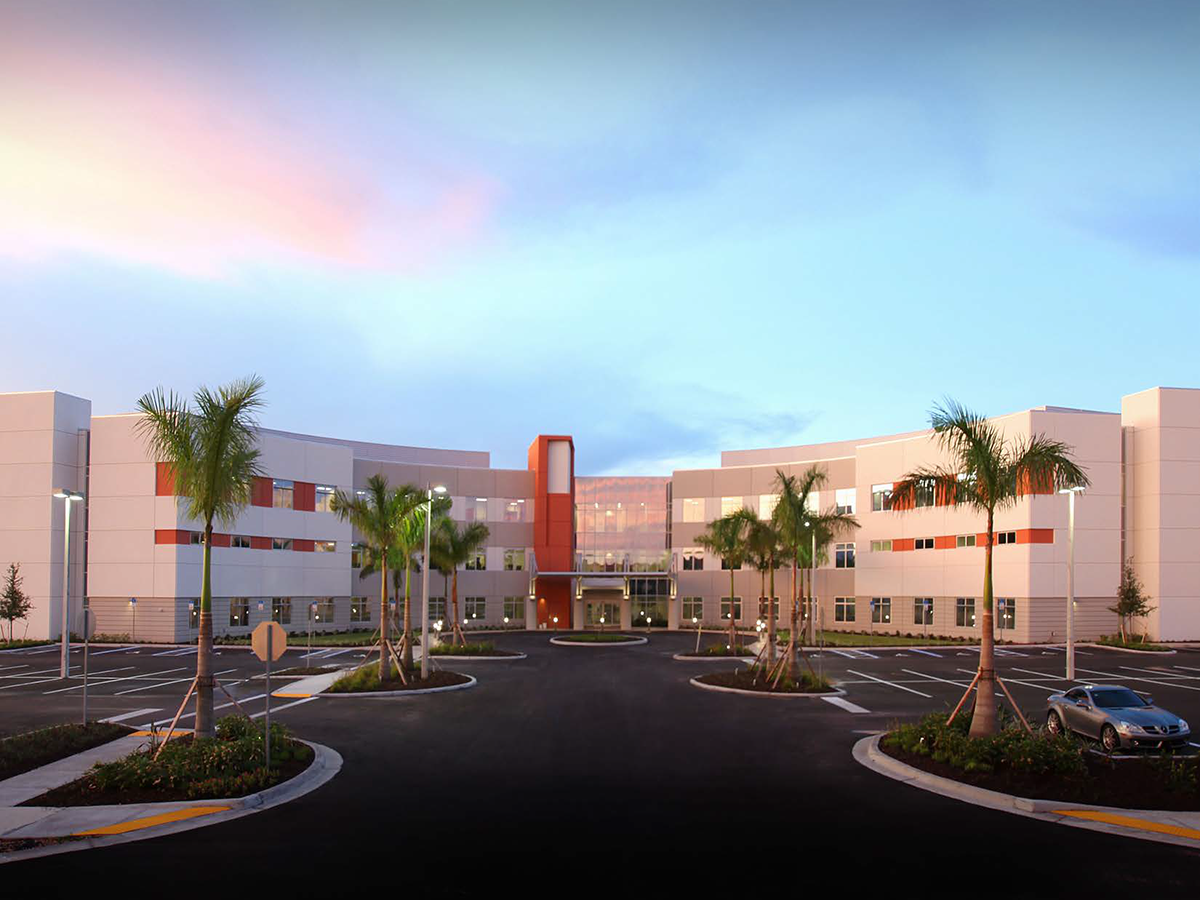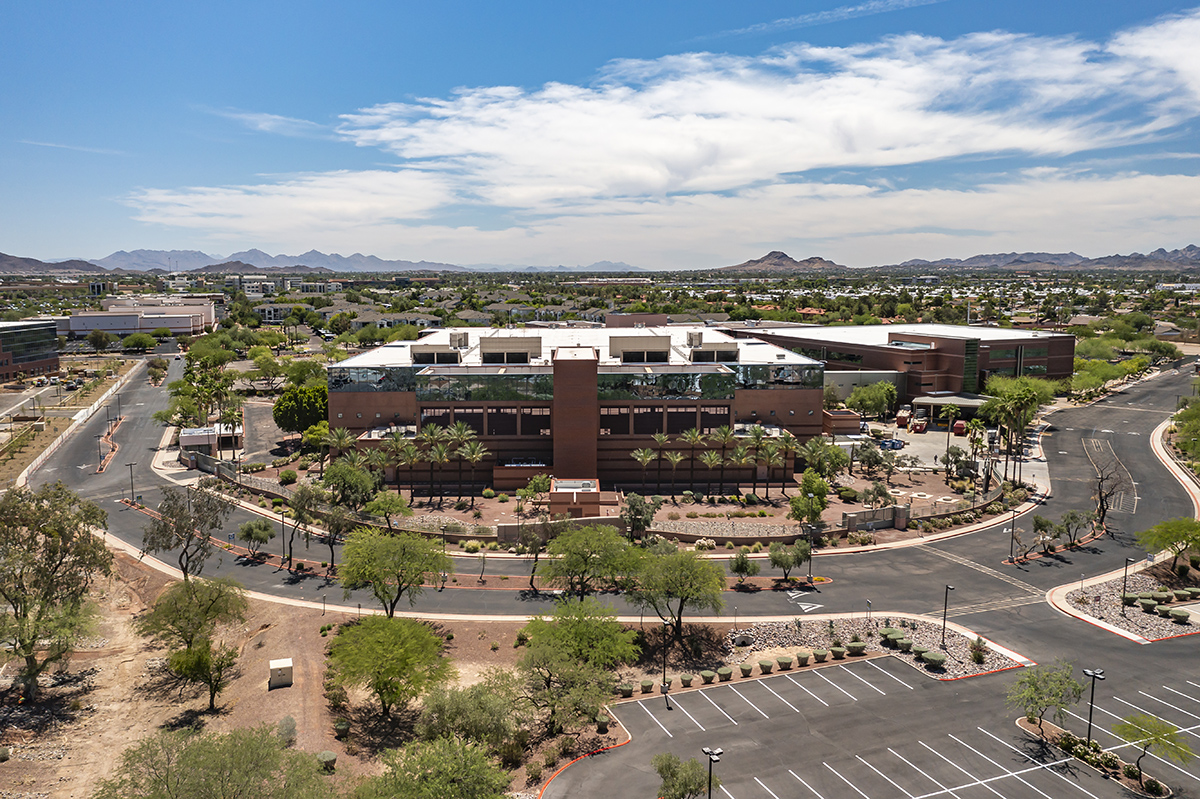CRE Lenders Shift Focus to Alternative Assets
Traditional lenders no longer view data centers, medical office and life sciences as risky.
Core office and retail real estate properties are still beset by uncertainties. That’s why lenders and other capital sources have begun shifting their financing efforts to industrial and multifamily, of course, but also to niche property types such as data centers, medical office buildings and life science facilities.
These alternative property types offer significant upside, and financiers have taken note of their resilience despite the pandemic, noted JLL Capital Markets Senior Director Carl Beardsley. He explained that, since February 2020, alternative REITs have generated a 42 percent return, outperforming non-alternative REITs, which have generated a 17 percent return.
“Data centers, life science and medical office buildings all require significant capital investment making the tenants and users of these buildings ‘sticky,’ which helps lenders underwrite a higher renewal probability beyond initial lease term,” he said.
During a typical 10-year market cycle, debt funds and private equity were the primary financing source for niche property types approximately 75 percent of the time, according to Geoff Smith, managing director & group head of commercial property finance, with Walker & Dunlop.
“As the market cycle matures and competition among conventional lenders heats up, banks and life insurance companies start to get more aggressive in financing the niche assets, and that’s where we are right now,” Smith told Commercial Property Executive.

The Naples Community Hospital and Physicians Regional Medical Center in Florida. Image courtesy of IRA Capital
Medical Office
The financing market for medical office buildings has changed significantly during the past five years, and not just because of the pandemic. Many lenders and financing sources no longer consider medical office buildings to be a niche property type.
“The traditional regard of medical office as a niche asset class has ceased, and banks, life companies, and non-bank lenders are aggressively pursuing core and core-plus deals,” Lawrence Brin, managing director & head of healthcare real estate, for MidCap Financial told CPE.”
Brin believes the perception of risk involving medical office buildings has changed more than the actual risk profile, and they have become regarded as a safe harbor asset class that does not require risk premiums.
“Increased investor demand, particularly from institutional investors seeking operating partners, has created a competitive environment for sourcing new deals,” Erik Tellefson, managing director with Capital One Healthcare, told CPE.
Steven Reedy, managing director with CIT Healthcare Finance, a division of First Citizens Bank, noted that healthcare real estate has been very resilient, in large part, because of the high-quality equity sponsorship that dominates the sector and is supported by highly specialized, smart and disciplined lenders.
“This sector thrives on relationships rather than transactions. Cap-rate compression throughout the sector speaks to the attractiveness of medical office but also requires sophisticated debt and equity investors to fully understand the risks and mitigants required to structure successful investments,” Reddy told CPE.
Tellefson pointed out that medical office properties are typically financed using traditional debt, given the nuances of the debt structure and tenancy, predominately by banks. According to Brin, national banks with healthcare groups are aggressively pursuing medical office opportunities, along with certain life companies, debt funds and CMBS.
In February, CIT provided $49.2 million in financing to subsidiaries of IRA Capital for the acquisition of an 86,287-square-foot surgical hospital and specialty care facility in Naples, Fla. The property was leased to Naples Community Hospital and Physicians Regional Medical Center.
CIT also provided a $31.5 million loan to subsidiaries of IRA Capital to fund a portion of the purchase of the 83,631-square-foot CHRISTUS Central Louisiana Surgical Hospital in Alexandria, La.
Financing medical office properties is a specialized endeavor requiring lenders that understand both real estate and health-care issues, including an aging demographic and changing fee structures.
“The majority of the lending activity is captured by institutions with a specialized lending group that understand the dynamics of health-care providers, health systems, payor mix and reimbursements from Medicare, Medicaid and insurance,” Reedy said.

Data centers remain a prized alternative property type that offers a substantial upside for private equity investors. JLL Capital Markets is marketing 3151/3202 W. Behrend Drive in Phoenix for sale, and recently sold a three-building portfolio of data centers in Colorado Springs, Colo., to Novva Data Centers. Image courtesy of JLL Capital Markets
Life Sciences
Like medical office property, the risk profile of life science facilities began changing prior to the pandemic. The magnitude of investment in the life sciences sector over the past few years, as well as a marked shortage of life sciences real estate in cluster markets has fueled investment. Outside of those cluster markets, however, Brin noted that financing is harder to come by.
“Investor demand for life sciences real estate ramped up during the pandemic,” he said. “The increased demand is attributable to the extraordinarily low vacancy for life sciences space in major markets, the high level of venture capital investment in life sciences platforms, and the focus on onshoring production capability for pharmaceuticals in the wake of COVID-19.”
Life sciences opportunities are being financed by a subset of healthcare real estate lenders, but also by commercial real estate groups of national and regional banks and some non-bank lenders, according to Brin.
Smith sees the change in the finance sector’s appetite for life sciences product coming from the growing size of traditional lenders’ balance sheets. The financing market for conventional asset types has become so competitive that it has left few options to achieve a greater yield.
“As balance sheets grow, the ability to allocate a portion of the balance sheet to niche assets also grows. Niche assets typically price at a premium to conventional assets so banks with extra liquidity that are searching for yield provides a perfect confluence of circumstance that allows more niche assets to become financeable,” Smith said.
In March, a joint venture of Janus Property Co. and JP Morgan Asset Management completed construction of the 350,000-square-foot Taystee Lab Building in Manhattan’s West Harlem neighborhood. The New York City Regional Economic Development Council provided a $10 million Empire State Development grant and Signature Bank provided a $20 million loan.
Data Centers
Beardsley has witnessed a large increase in properties transitioning from call centers with heavy parking ratios to data center uses. He noted this involves heavy capital requirements, which opens a significant opportunity for private equity investors to invest in these projects.
“As cap rates and debt yields continue to compress in the multifamily and industrial asset classes, life companies are shifting attention to alternatives that offer a spread premium specifically on niche assets such as data centers,” he said. “Debt funds also continue to gain market share as a higher-leverage, short-term solution for transitional properties.”
JLL Capital Markets recently arranged the $72 million refinancing of an existing CMBS loan for a data center portfolio in the Midwest with a bank lender. The three locations totaled about 500,000 square feet of data center space. In August 2021, it arranged the $38.5 million sale of a 190,000-square-foot data center and industrial facility in Colorado Springs, Colo., to Novva Data Centers. JLL Capital Markets represented the seller.







You must be logged in to post a comment.